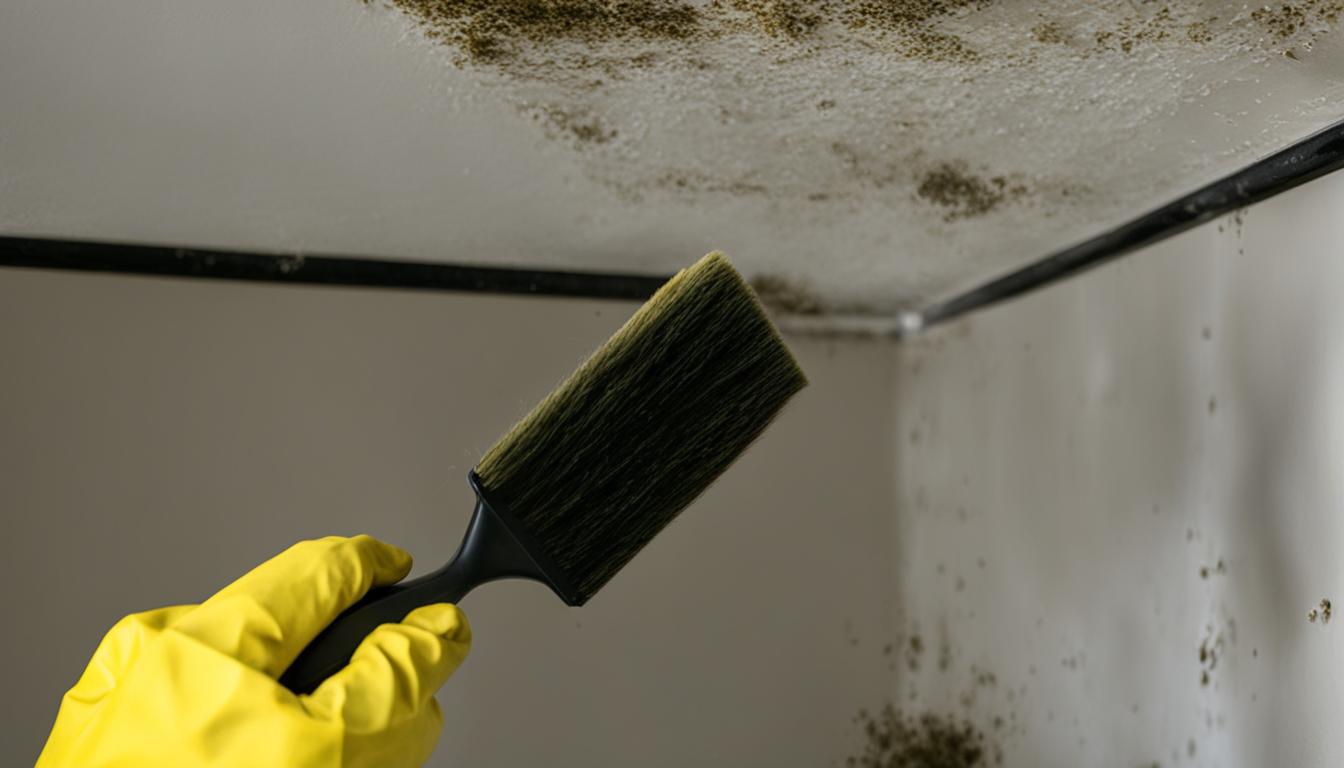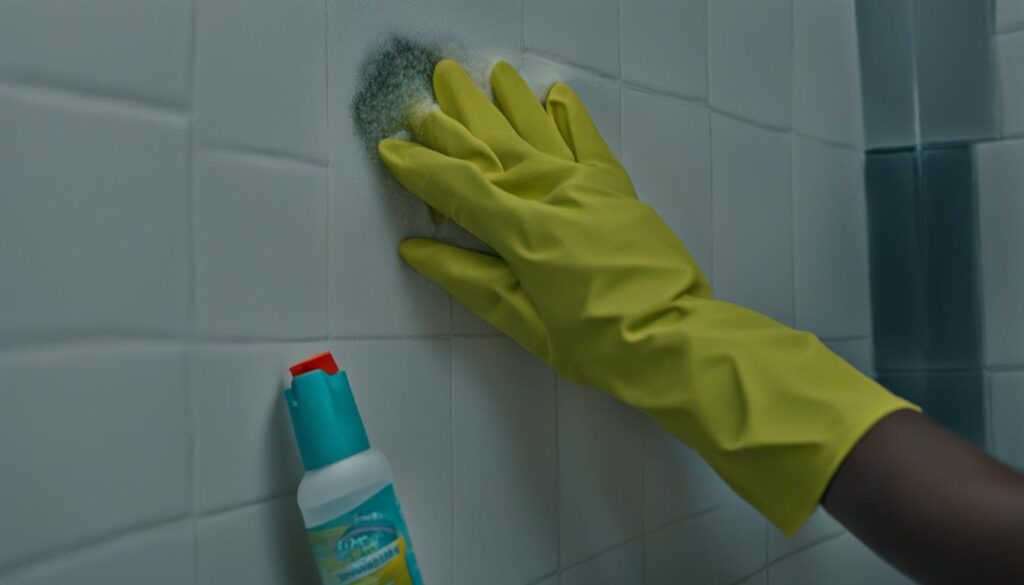
Black Mold Removal Guide for Home Safety & Health
Welcome to our comprehensive guide on black mold removal for the safety and health of your home. Discover effective techniques and expert tips to tackle this common household issue and create a safe living environment for you and your loved ones. Black mold can pose serious health risks, and by taking prompt action, you can safeguard the well-being of everyone in your household.
- Black mold removal is essential for home safety and health.
- Understanding the dangers of black mold is crucial before proceeding with removal.
- Effective techniques, such as identifying affected areas and using appropriate cleaning solutions, can help eliminate black mold.
- Wearing protective gear is important during the removal process to prevent exposure.
- Seeking professional assistance may be necessary for severe cases of black mold infestation.
Understanding the Dangers of Black Mold
Before diving into the process of removal, it is crucial to understand the potential dangers associated with black mold. Exposure to black mold can have severe health implications and should be taken seriously. The following are the key dangers of black mold:
1. Respiratory Issues
The inhalation of black mold spores can lead to respiratory problems, especially in individuals with pre-existing conditions such as asthma or allergies. The spores can irritate the airways, causing coughing, wheezing, and shortness of breath. Prolonged exposure may worsen these symptoms and lead to more severe respiratory issues.
2. Allergic Reactions
Black mold can trigger allergic reactions in susceptible individuals. Common symptoms include sneezing, runny nose, itchy eyes, and skin rashes. People with mold allergies may experience these symptoms even in the absence of visible mold, making it important to address any potential mold growth promptly.
3. Other Symptoms
Aside from respiratory issues and allergic reactions, exposure to black mold can cause a variety of other symptoms. These may include headaches, fatigue, dizziness, nausea, and difficulty concentrating. While these symptoms may vary from person to person, they should not be ignored, as they could be indicative of black mold exposure.
It’s important to note that the severity of these symptoms can vary depending on factors such as the individual’s sensitivity to mold, the duration of exposure, and the amount of mold present in the environment.
Understanding these dangers underscores the importance of taking prompt action when facing black mold issues in your home. The potential health risks associated with mold exposure necessitate effective mold removal techniques, which will be discussed in the following section.

Effective Black Mold Removal Techniques
In this section, we will outline various techniques that are proven to be effective in removing black mold from your home. It’s crucial to address black mold issues promptly to ensure a safe and healthy living environment for you and your loved ones.
Identifying and Assessing the Affected Areas
Before starting the removal process, it’s important to identify and assess the areas affected by black mold. Look for visible signs such as dark patches on walls, ceilings, or other surfaces. Additionally, be aware of any musty odors that may indicate hidden mold growth.
Once you’ve identified the affected areas, it’s essential to assess the extent of the mold infestation. Determine whether the mold growth is limited to the surface or if it has penetrated deeper into the materials. This assessment will help you determine the appropriate removal technique.
Using the Right Cleaning Solutions
When it comes to removing black mold, using the right cleaning solutions is crucial. There are several effective options to consider:
- Vinegar: A natural and non-toxic option, vinegar can effectively kill black mold. Mix equal parts vinegar and water in a spray bottle and apply it to the affected areas. Let it sit for a few hours, then scrub the mold away.
- Bleach: A potent disinfectant, bleach can also be used to remove black mold. Mix one part bleach with three parts water and apply it to the affected areas. Let it sit for 15 minutes, then scrub the mold away.
- Hydrogen Peroxide: Hydrogen peroxide is another effective mold remover. Simply pour a 3% concentration hydrogen peroxide into a spray bottle and apply it to the affected areas. Allow it to sit for 10 minutes before scrubbing.
Note: Before using any cleaning solution, test it on a small, inconspicuous area to ensure it doesn’t cause any damage or discoloration.
Protective Gear and Precautions
When removing black mold, it’s crucial to protect yourself from exposure. Mold spores can cause allergic reactions and respiratory issues, so taking proper precautions is essential. Here are some protective measures to follow:
- Wear Protective Clothing: Put on gloves, goggles, and a respirator mask to prevent direct contact with mold and inhaling mold spores.
- Ensure Good Ventilation: Open windows and use fans to improve air circulation during the removal process.
- Contain the Mold: Use plastic sheets or tarps to isolate the affected areas and prevent the spread of mold spores to other parts of your home.
By following these effective black mold removal techniques and taking proper precautions, you can successfully eliminate mold from your home and create a safer living environment for you and your family.

Conclusion
Black mold removal is an essential task for ensuring the safety and health of your home and loved ones. By understanding the potential dangers associated with black mold and following effective removal techniques, you can achieve a safer living environment free from its harmful effects.
Remember, prompt action is crucial when dealing with mold issues. Taking proactive measures to address and prevent recurrence is key to maintaining a mold-free home. However, if you’re dealing with extensive mold growth or have underlying health conditions, it’s advisable to seek professional assistance.
Keep in mind that regular maintenance and proper ventilation can help minimize the risk of mold growth. Additionally, addressing any water leaks or moisture problems promptly will significantly reduce the chances of mold developing in your home.




